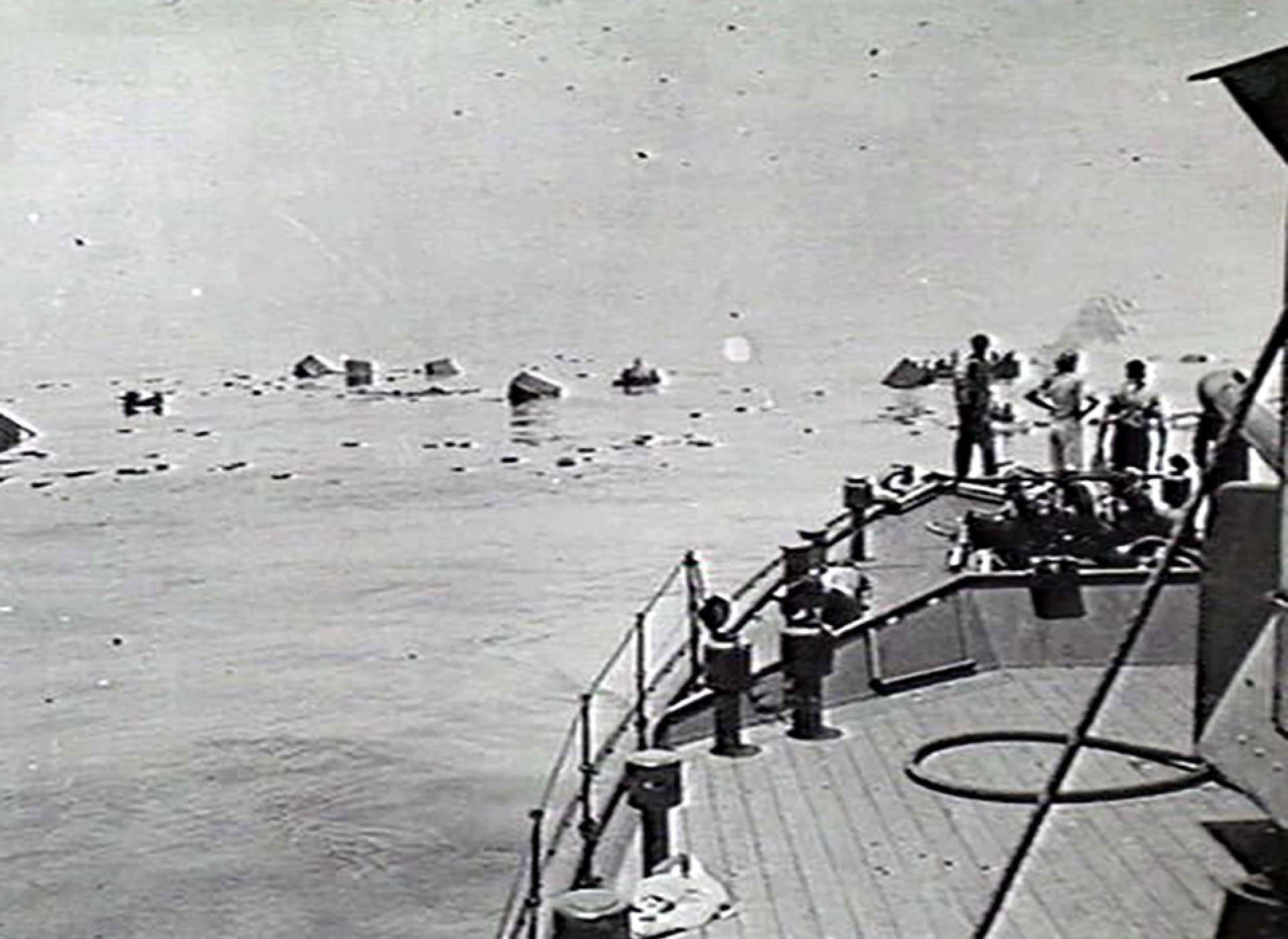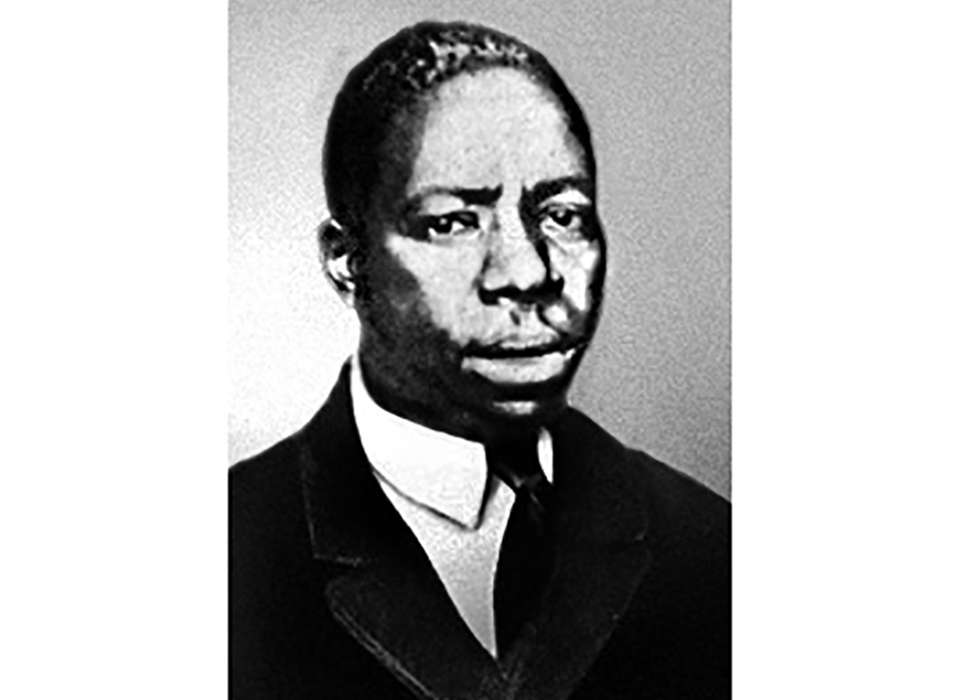Top image of Private George Watson is courtesy of the US Navy.
Visitors at the Manila American Cemetery in the Philippines will find the name “Private George Watson” on a memorial for those who served during World War II. Watson, who is also memorialized with a field at Fort Benning in Georgia and the USNS Watson, received the Medal of Honor posthumously in 1997 along with six other African Americans who displayed extraordinary acts of courage during the war.
On March 8, 1943, while aboard the Army-chartered, Dutch steamer Jacob with his unit near New Guinea, Japanese bombers attacked the ship. While the vessel sank, Watson selflessly swam back and forth from nearby life rafts to the wreckage of the Jacob, rescuing fellow soldiers before drowning from exhaustion.
Watson, raised in Birmingham, Alabama, received his bachelor’s degree from the Colorado Agricultural and Mechanical College (now Colorado State University) in 1942. That September, he was drafted into the army and was assigned to the 2nd Battalion, 29th Quartermaster Regiment as a bath and laundry specialist, reflecting the limited opportunities that African American soldiers faced in the military at the time. After completing his basic training at Camp Lee, Virginia, he left Newport News aboard the USS Hermitage bound for Brisbane, Australia and the Pacific theater of the war.
After arriving at Brisbane, Watson boarded the Jacob, which was headed to his unit’s final destination of New Guinea. While near Porlock Harbor, New Guinea, the ship took two direct hits from a surprise Japanese bomber attack and listed heavily. The ship’s captain ordered all passengers and crew overboard due to the Jacob’s extensive damage as the ship began to roll over and capsize. In response, Watson selflessly pulled soldiers who were unable to swim to the few life rafts available, risking his own life to save others. The suction caused by the sinking ship made his task even more difficult. Eventually, Watson became exhausted from constant swimming amidst the chaos and drowned.

The wreckage of the Jacob, March 8, 1943, courtesy of the Australian War Memorial.
On June 13, 1943, Watson became the first African American to be honored for his actions in World War II with the Distinguished Service Cross. This decoration was upgraded to a Medal of Honor in 1997 when President Bill Clinton presented the decoration to Sergeant Major Eugene McKinny. McKinny noted that, “When Private George Watson’s ship was attacked by enemy bombers, over and over and over again he helped others to make it to liferafts so that they might live.”
Clinton also closed his speech after presenting the decorations with a particularly stirring reminder of the sacrifices of Watson and the others honored:
“I think it might be an appropriate way to close to say that when I gave Mr. Watson’s medal to the Sergeant Major of the Army, he looked at it and smiled and he said, ‘This is indicative of the type of soldiers we have today, a group of people in our military, men and women, that really do reflect the vast and rich texture of our Nation.’”
Watson’s Medal is on display at the US Army Quartermaster Museum in Fort Lee, Virginia along with his Purple Heart and Distinguished Cross.
Private George Watson’s Medal of Honor citation
For extraordinary heroism in action on 8 March 1943. Private Watson was on board a ship which was attacked and hit by enemy bombers. When the ship was abandoned, Private Watson, instead of seeking to save himself, remained in the water assisting several soldiers who could not swim to reach the safety of the raft. This heroic action, which subsequently cost him his life, resulted in the saving of several of his comrades. Weakened by his exertions, he was dragged down by the suction of the sinking ship and was drowned. Private Watson’s extraordinarily valorous actions, daring leadership, and self-sacrificing devotion to his fellow-man exemplify the finest traditions of military service.
Stephanie Hinnershitz, PhD
Stephanie Hinnershitz is a historian of twentieth century US history with a focus on the Home Front and civil-military relations during World War II.
Cite this article:
MLA Citation:
APA Citation:
Chicago Style Citation:






![Max Fuchs, New York City cantor, sings as Rabbi Sydney [sic] Lefkowitz, Richmond, VA, conducts the first Jewish services from Germany.](/sites/default/files/styles/max_650x650/public/2025-10/image1.jpg)


